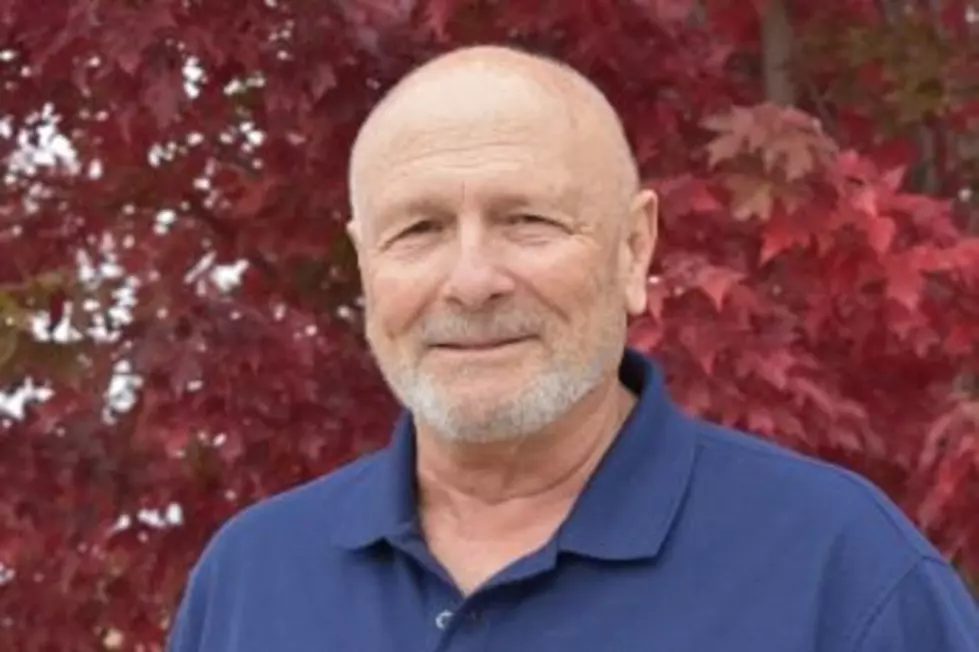
Harmon’s Histories: Honoring the women who led the way in the U.S. military
As we end this week of honoring America’s veterans, I’d like to salute a couple of Montanans, not solely for their service but for their historical research as well.
Lynne Puckett has had two careers –the first in the U.S. Navy, retiring as a captain in 2012 after 33½ years service (active & reserve) and the second as a networking services librarian at Billings Public Library for over 20 years.
One of her passions has been researching the history of military women in World War I – the women who “paved the way for everyone who came after them.”
Ed Saunders, Lt. Col., U.S. Army (Ret.), now living in Laurel, spent 22 years in the Army, including combat in the Persian Gulf.
He researched and wrote about the creation of the Yellowstone National Veterans Cemetery in a book called "Sentinels: Yellowstone National Cemetery." He also wrote about the forgotten women of WWI in a book titled "Knapsacks and Roses."
In the latter, he recounts the stories of Missoula’s Gertrude Sloan, Mary Hall and other Army nurses who were on the front lines in France.
“Seventeen Montana women entered World War I as yeomen (female) ... Missoula’s Artie Cullop achieved rank of yeoman (f) first class and served at naval headquarters Seattle, Washington.
“Five Montana women (none from Missoula),” he says, “served in France as telephone operators with the Women’s Telephone Unit of the American Signal Corps — the fabled “Hello Girls.”
Lynne Puckett, who offers educational presentations on the Navy and Marine women of WWI, says there are more than 66,000 active duty Navy women today, making up about 20% of the total force and every one of them, she says, has Loretta Perfectus Walsh from Pennsylvania to thank.
Walsh became the very first active duty Navy woman in 1917, serving four years and achieving the rank of Chief Yeoman (F).
There was likely no actual intent in the Naval Act of 1916 to recruit women, but Secretary of the Navy Josephus Daniels took advantage of the act’s language ("such other persons as could be useful to the Naval service") to do so.
Puckett describes Daniels as “quite a character, (not) necessarily a nice man, but progressive for his time.” With a grin, she adds, “His wife was a suffragist so he had to support women to keep peace at home.”
“No uniforms were provided,” says Puckett, but they were given “guidelines on how they should look."
“(Daniels) did insist on equal pay for the Navy women – if you were in pay grade E5, you got paid the same whether you were male or female, and good for him,” she said.
It took another 30 years for Congress to formalize equal pay through the Women’s Armed Services Integration Act.
Those first women sailors were designated “Yeoman-F” (for female). If you say the name quickly, it can sound a lot like “Yeomanette” – and the name stuck despite official attempts to discourage it.
Oh by the way, the first women sailors didn’t sail – they weren’t allowed to.
But Puckett says they had a tremendous impact nonetheless. “They went to war, they volunteered, they signed up, they served well, and set a precedent for the next war, and the next war, and the next war.”
In fact, she says, “part of the reason that the 19th Amendment for women's suffrage passed was these women had shown themselves capable of being full-scale citizens.”
The first Army and Navy women were support staff – nurses, telephone operators, cryptographers, mechanics, parachute makers, and the like.
General John J. Pershing, the commander of the American Expeditionary Forces on the Western Front in World War I, “wanted women who spoke French so they could communicate with the front lines,” says Puckett.
So the Army Signal Corps recruited 500 of them. Two hundred went to France where they served at Pershing's headquarters. They became known as the "Hello Girls."
They were fearless. When the headquarters building was shelled and caught fire, Puckett says, Pershing "had to chase them out, personally ... they would not leave their switch because they were getting communications from the front.”
Filmmaker Jim Therez, says Puckett, has made a mini-documentary about "The Hello Girls," which is available through Montana libraries.
At the end of WWI, the military women were released from duty – just released.
They weren’t considered “veterans.” That wouldn’t come until decades later.
Let’s close this week honoring all of our veterans, including those not recognized until more modern times.
Thank you.
Jim Harmon is a longtime Missoula news broadcaster, now retired, who writes a weekly history column for Missoula Current. You can contact Jim at harmonshistories@gmail.com.
